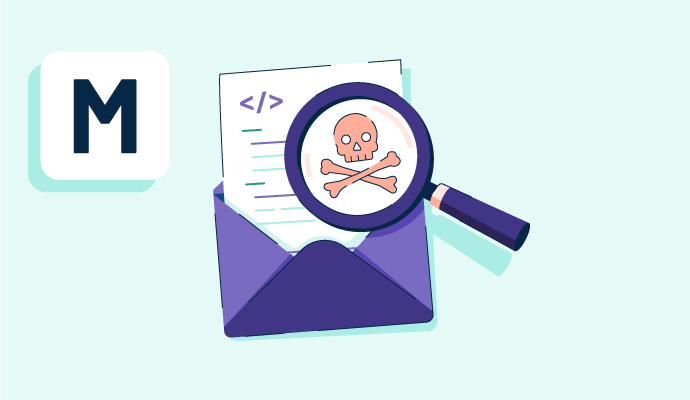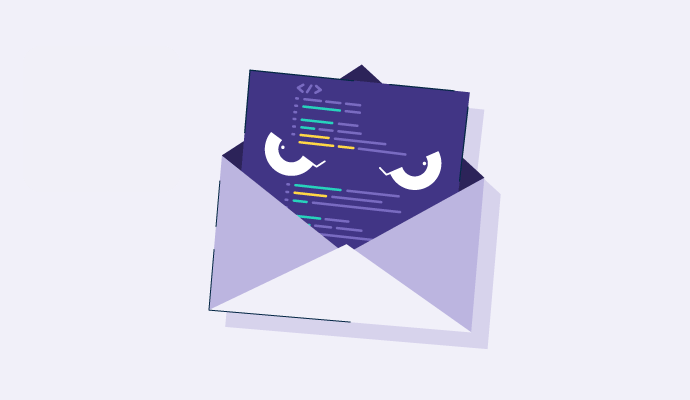What is malware analysis?
Malware analysis is a process wherein suspicious files or links are reviewed by an IT or security team to understand the file’s behavior.
The goal of malware analysis is to detect and mitigate the impact of any potential threat to digital systems. Malware analysis software is used to search for any possible suspicious files in a company’s endpoints and applications.
As part of the overall analysis, teams typically look for information about how the malware works in order to stop it from infecting an entire system; it also considers who might be behind the attack. This information can be stored to prevent future attacks from the same criminals, along with making those details known to the wider cybersecurity community.
Types of malware analysis
IT teams can use three main types of malware analysis: static, dynamic, or hybrid.
- Static. This type of analysis looks at malicious code, without actually running any through the system. The suspicious files or links are cut off from the bigger system in order for teams to assess important data like IP addresses, file hashes, and header data. While this kind of analysis protects the whole system, more sophisticated malware may go undetected without being actively run.
- Dynamic. Using a sandbox, dynamic analysis runs the malicious code in an isolated environment that mimics the authentic system. This means that teams can see what the code does to their system without putting any real data at risk on the active network.
- Hybrid. Some teams prefer to use a mixture of both static and dynamic analysis tools. For instance, dynamic analysis may be used initially to detect and gather data on suspected malware. Static analysis tools would then identify the malware without infecting the rest of the system.
Basic elements of malware analysis
To conduct any type of malware analysis, four distinct stages must be completed.
- Static properties analysis. Coding strings found in the malware are first reviewed statically to gather information about the malware itself. As the tools aren’t running this data dynamically, IT can discover and sort information quickly and easily. This is a critical first step, as the data analysis at this stage determines how much further they should search.
- Interactive behavior analysis. Some teams might choose this analysis that switched from static to dynamic. IT runs samples of the malware and observes them in a sandbox environment to gain a greater understanding of their actions. Memory forensics may also be conducted to find out whether malware is accessing system memory data.
- Fully automated analysis. IT teams run automated tools to assess the potential damage already done by the malware and the possible outcomes had the suspicious files not been discovered. This helps put together a more effective response plan for future malware attacks. By employing automation, large amounts of data can be processed more effectively.
- Manual code reversing. Most malware features encrypted data that some analysis tools struggle to extract. By reverse-engineering the code, analysts discover hidden parts of these files and learn more about the algorithms being used to control the malware. This time-intensive process requires specialist analysts, so many companies skip it. However, they lose valuable insights when this stage isn’t completed.
Benefits of malware analysis
Conducting malware analysis as part of routine cybersecurity measures benefits companies in several ways, including:
- Finding previously unknown threats. Identifying previously unknown malware means that businesses can arm themselves against future attacks while simultaneously stopping the spread of any active and current threats.
- Understanding malware behavior. Especially when working in a dynamic sandbox, it’s easy for teams to see exactly how malware operates. This simplifies plans for future risk reduction through a deeper understanding of affected parts of the network.
- Establishing rapid incident response (IR). Learning how to react quickly is vital with regard to stopping further system or network damage. All IR teams should know how to isolate potential threats.
- Testing security solutions. Once security measures have been put in place, there’s only one way to know how effective they are. Running malware analysis on new threats or previous threats in a sandbox shows where the system may still have vulnerabilities that need fixing.
Best practices for malware analysis
Malware analysis will shift over time as new attacks emerge and different types of malware appear worldwide. To conduct the most effective analysis possible, teams should:
- Use new and unknown malware samples. It’s always best to mirror a real life attack as much as possible. Using the newest samples that have made their way beyond existing security systems means that teams can create patches and gain a better understanding of which malware poses a more realistic threat to systems and networks.
- Confirm whether the malware is still running remotely. Most malware doesn’t infect systems at once. Instead, it’s a gradual process that makes the bad code difficult to detect. As soon as the malware is discovered, teams should check that it no longer has access to the system or network from any outside source.
- Always look for false positives and retest. Even when using a sandbox environment, it’s possible to get false positives during malware analysis. This can slow the analytical process and create additional, unnecessary work for the team. Sandbox environments should be fine-tuned to the needs of the business and the most critical security features.
Keep your business protected from malware attacks and mitigate future risks with exposure management software.

Holly Landis
Holly Landis is a freelance writer for G2. She also specializes in being a digital marketing consultant, focusing in on-page SEO, copy, and content writing. She works with SMEs and creative businesses that want to be more intentional with their digital strategies and grow organically on channels they own. As a Brit now living in the USA, you'll usually find her drinking copious amounts of tea in her cherished Anne Boleyn mug while watching endless reruns of Parks and Rec.

